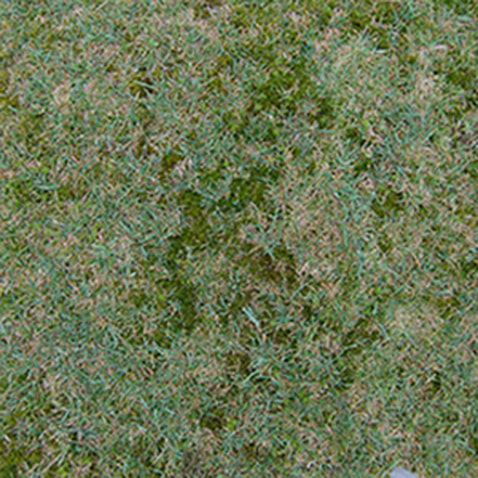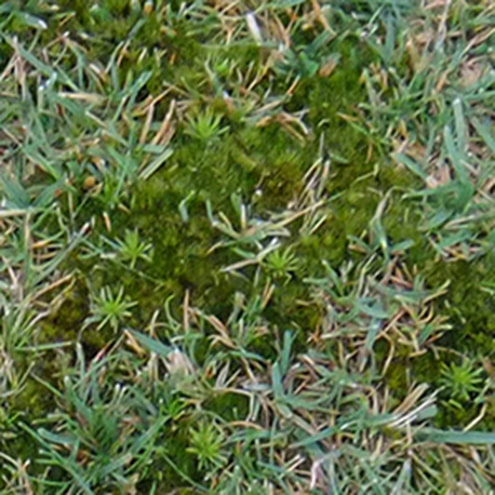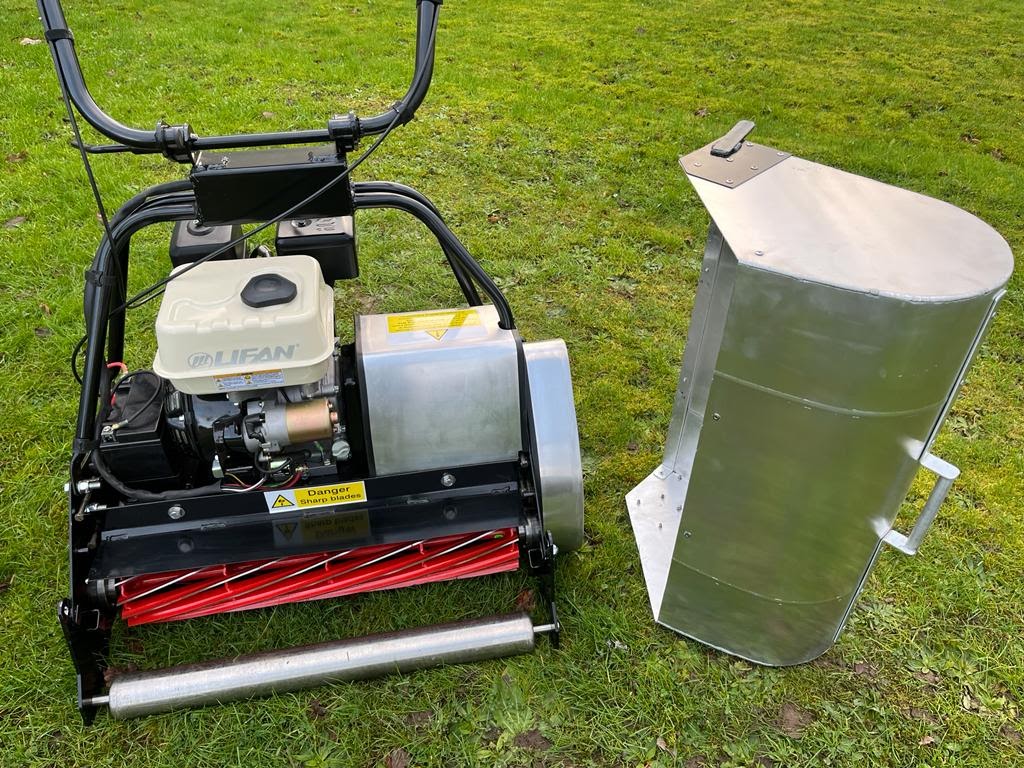|
Moss control
Mosses are small, primitive, non-vascular plants. They lack the conductive tissue most plants use to transport water and nutrients. Instead, moisture is absorbed directly into cells by osmosis. Like all photosynthetic organisms, mosses are primary producers that build biomass through photosynthesis. Mosses absorb their water and nutrients directly into their bodies, not through their "roots". Instead of roots, they have rhizoids, which serve to stabilize the moss but do not have a primary function in water and nutrient absorption. They lack a vascular system both in their rhizoids and in their above-ground parts. The books say that to cure moss you have to deal with the causes such as drainage and shade from trees. Well, in my experience, moss ignores what the books say and inhabits just about every type of lawn. I believe that having moss is optional. If you keep moss dead at all times, you won't have a moss problem. If you allow it to grow and spread, you will have a moss problem. Moss produces spores twice a year so should be treated in Spring and Autumn to kill the moss and prevent new spores ripening. Moss doesn’t have a vascular system and the roots have no function except to hold onto the ground, so re-growth is caused by spores in the soil not from roots. A granular feed incorporating iron will reduce the moss to some extent but is not as strong as soluble Iron. The grade of iron that I supply dissolves well even in very cold water, it is widely used by professionals and works really well. One bag is enough to treat the whole lawn eight times so is very cost effective. There are cheaper alternatives but Iron comes in many grades and some can be hard to dissolve and very damaging to sprayers. At the dilution that I recommend it will blacken moss and I usually leave it and let the grass grow through, that way the surface isn’t disrupted. However, you can rake lightly but try not to disturb the rootzone. Find Soluble I ron in my shop HERE Be careful to wash your sprayer out very thoroughly so that no iron is left in the pipes or pump as it will re-crystalise and potentially ruin the sprayer. For spot treatment, a watering can and fine rose can be used.This application of moss control in spring and autumn will stop the problem in its tracks if you have an effective nutrition programme. Aeration is also important as moss does not like open aerated soil. Scarifying will usually only remove about 10% of moss and can be quite damaging to fine turf, so I try to avoid that sort of aggressive process if possible. The three main groups of moss found on croquet lawns are: 1/. Hypnum and Eurhynchium. These are fern like mosses and often make swards rather spongy. 2/. Ceratodon purpureus and Bryum. These are tufted mosses which are found on extremely acidic soils and known as "winter moss" because it appears in the autumn and vanishes in spring. 3/. Polytrichum. This group is has upright growth with fine hair like leaves (poly = many; thrix = hairs) but is not common on lawns except in particularly acidic soils. |
The quick way to mix soluble iron
|
|
NPTC certification
Safe use of pesticides PA1 and PA6 Certificate No 662856 Accreditation No 500/7103/8 Website design by
Moat House Media Ltd Copyright Moat House Media Ltd 2024 |



